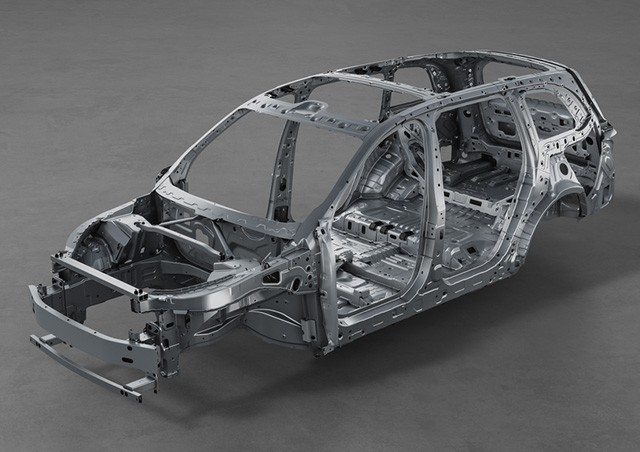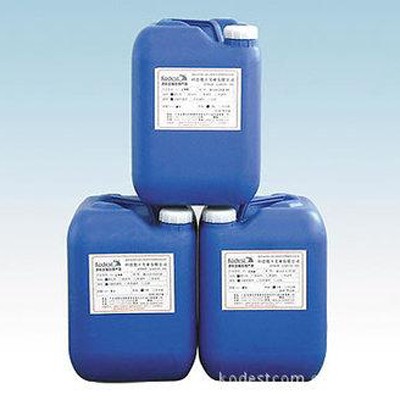The field is required.
The function of UF used in ED coating process
2025-05-14
Ultrafiltration (UF) is a pressure driven membrane separation process that uses a specific porous membrane separation method. The pore size of the membrane is 10-3-10-2 μ m, which can intercept and block suspended pigments and high molecular weight resins (with a molecular weight greater than 5000) in the working fluid, while allowing water, organic solvents, inorganic ions, and low molecular weight resins in the working fluid to pass through the membrane. The amount of material that the diaphragm passes through, known as the "UF" liquid, is called the transmittance, measured in L/m2. h. Within a certain pressure range, the transmittance is related to the solid content of the working fluid, temperature, and membrane flow rate. Another major performance of ultrafiltration membranes is their retention capacity, which represents the ability of UF membranes to retain substances of high molecular weight, usually expressed in terms of solid retention rate.
The reason for applying ultrafiltration technology in electrophoretic coating process is:
1. Implement a "closed loop" cleaning method after electrophoresis to improve the utilization rate of the coating;
2. Reduce the amount of dirt in the rinsing water, decrease the amount of wastewater discharged and the cost of treatment, which is beneficial for environmental protection;
When the conductivity of the working fluid is high, drain the UF solution, add pure water, remove impurities and ions from the working fluid, purify the working fluid, and improve the appearance quality of the coating.
SUBSCRIBE
CONTACT US
IF YOU REQUIRE THE MOST SUITABLE PRODUCTS, FEEL FREE TO CONTACT US.
If you have any questions about our products or services, feel free to reach out to customer service team.
INQUIRY



